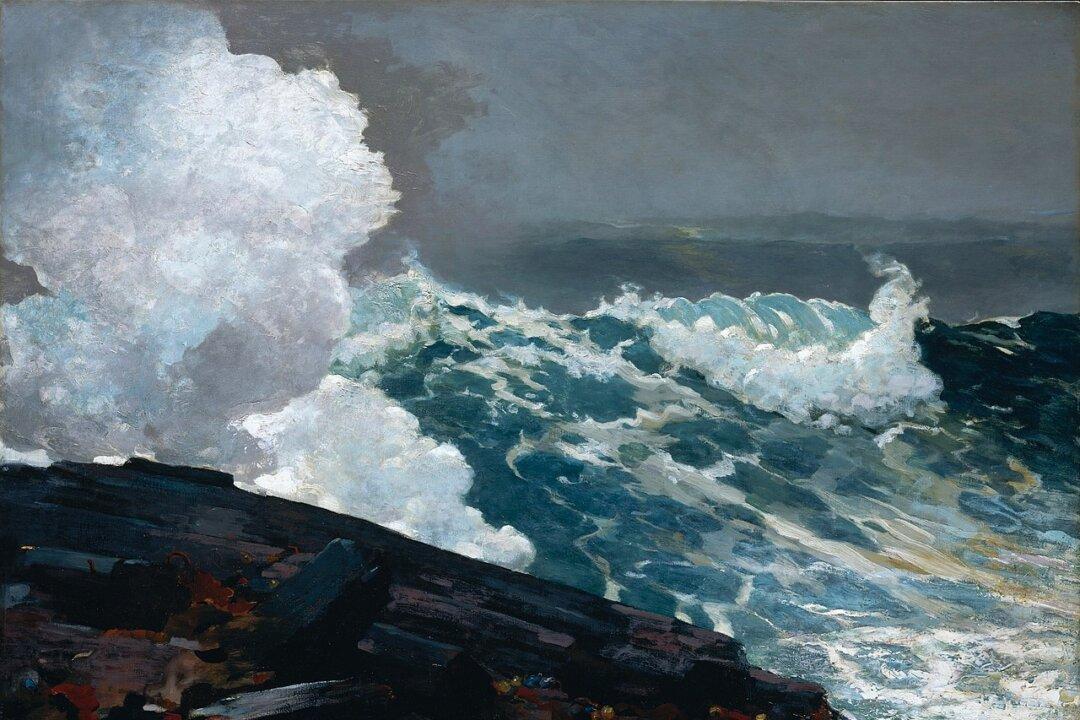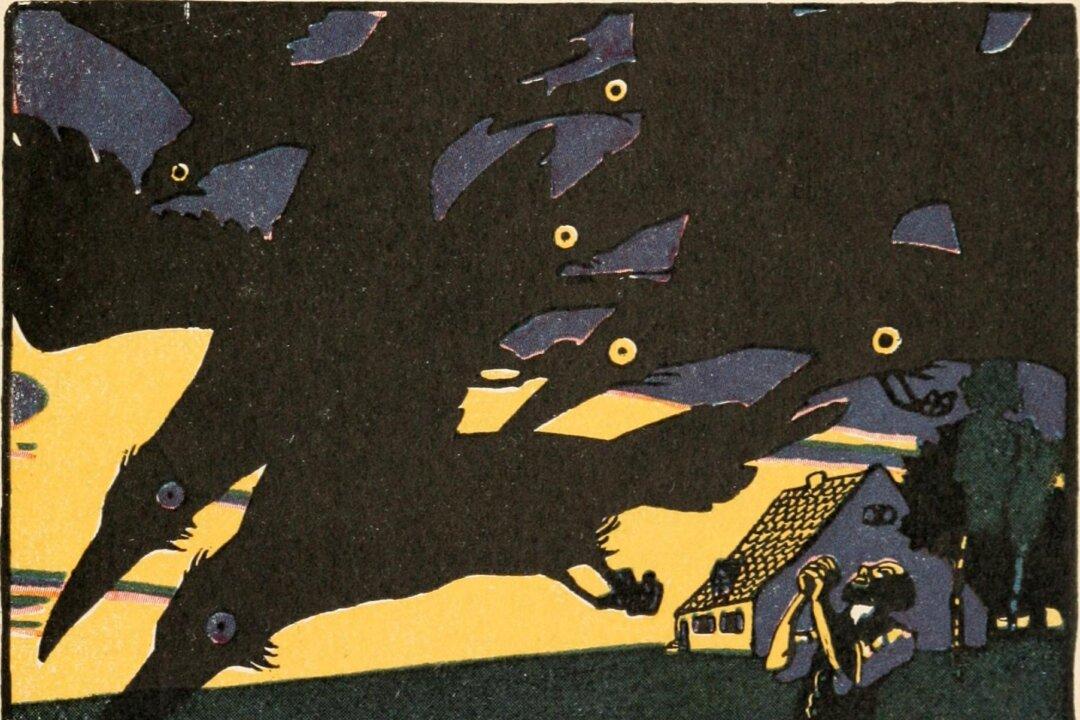How did the sea become salty? Andrew Lang answers this question with his translation of Peter Christen Asbjornsen and Jorgen Moe’s “Why the Sea Is Salt,“ in ”The Blue Fairy Book.” Through this tale, Lang shows not only how the sea becomes salty but also how wisdom proves far more profitable than greed.
One Christmas Eve, a poor man asks his rich brother for food. Embittered against his brother’s continual begging, the rich brother hands the poor brother a ham and says: “If you will do what I ask you, you shall have a whole ham. ... You must go straight to Dead Man’s Hall.”






